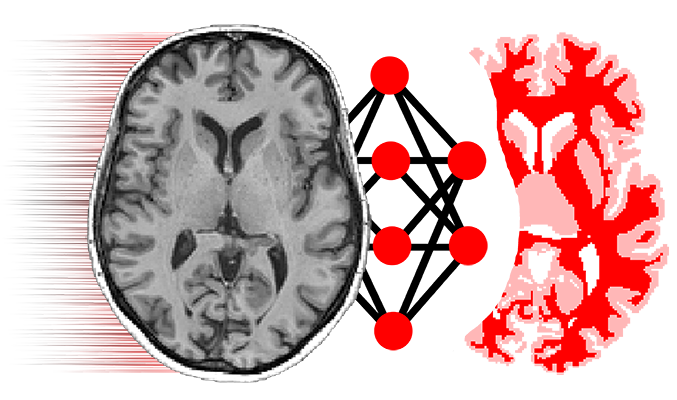niftynet.network.highres3dnet module¶
-
class
HighRes3DNet(num_classes, w_initializer=None, w_regularizer=None, b_initializer=None, b_regularizer=None, acti_func='prelu', name='HighRes3DNet')[source]¶ Bases:
niftynet.network.base_net.BaseNet- implementation of HighRes3DNet:
Li et al., “On the compactness, efficiency, and representation of 3D convolutional networks: Brain parcellation as a pretext task”, IPMI ‘17
### Building blocks
- { } - Residual connections: see He et al. “Deep residual learning for
- image recogntion”, in CVPR ‘16
- [CONV] - Convolutional layer in form: Activation(Convolution(X))
where X = input tensor or output of previous layer
and Activation is a function which includes:
- Batch-Norm
- Activation Function (ReLu, PreLu, Sigmoid, Tanh etc.)
- Drop-out layer by sampling random variables from a Bernouilli distribution if p < 1
[CONV*] - Convolutional layer with no activation function
- (r)[D-CONV(d)] - Convolutional layer with dilated convolutions with blocks in
pre-activation mode: D-Convolution(Activation(X)) see He et al., “Identity Mappings in Deep Residual Networks”, ECCV ‘16
dilation factor = d D-CONV(2) : dilated convolution with dilation factor 2
repeat factor = r e.g. (2)[D-CONV(d)] : 2 dilated convolutional layers in a row [D-CONV] -> [D-CONV] { (2)[D-CONV(d)] } : 2 dilated convolutional layers within residual block
### Diagram
INPUT –> [CONV] –> { (3)[D-CONV(1)] } –> { (3)[D-CONV(2)] } –> { (3)[D-CONV(4)] } -> [CONV*] -> Loss
-
class
HighResBlock(n_output_chns, kernels=(3, 3), acti_func='relu', w_initializer=None, w_regularizer=None, with_res=True, name='HighResBlock')[source]¶ Bases:
niftynet.layer.base_layer.TrainableLayerThis class define a high-resolution block with residual connections kernels
- specify kernel sizes of each convolutional layer
- e.g.: kernels=(5, 5, 5) indicate three conv layers of kernel_size 5
with_res
- whether to add residual connections to bypass the conv layers
